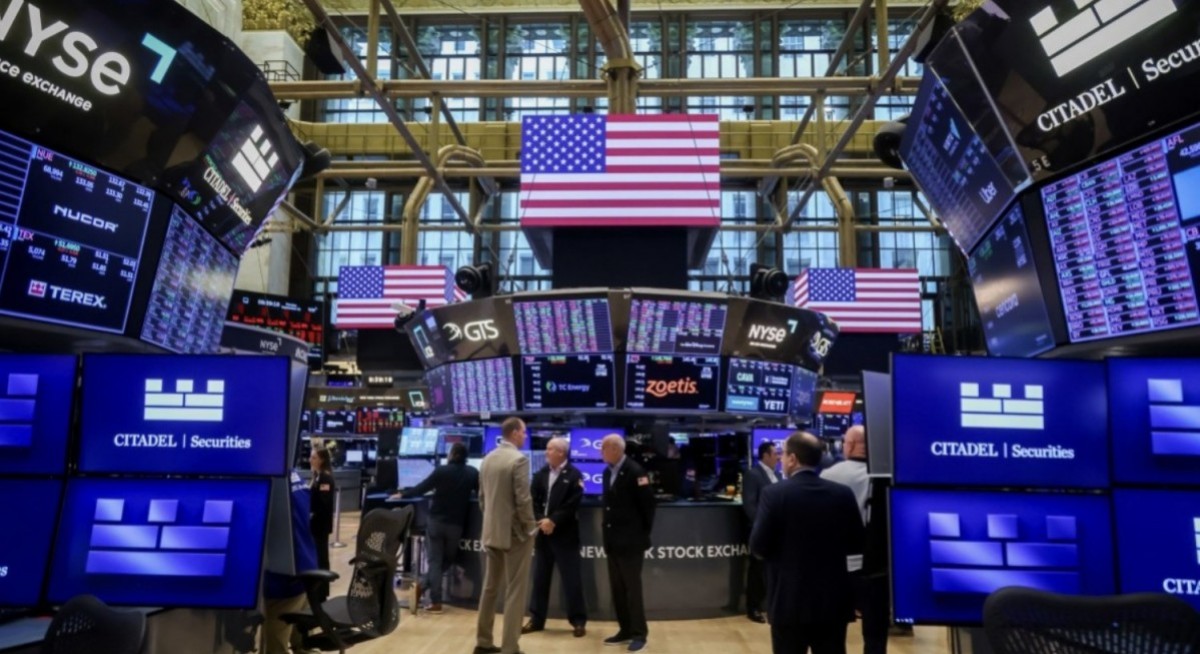A sell-off in gold on Oct 17 is likely to be temporary, and a reaction to the US president’s volatile temperament. “President Trump triggered a sell-off in the precious metal markets on 17 October,” notes Carsten Menke, Head Next Generation Research, Julius Baer.
On Oct 17, gold suffered the least, followed by silver, platinum, and palladium. Gold still offers the most favourable fundamentals, benefitting from a strong mix of safe-haven demand and central-bank buying, Menke points out. Silver has strong ties to gold, at the same time exhibiting a stronger sensitivity to US interest rates and the US dollar, he adds.
“We see safe-haven demand as a cyclical factor which could become structural should the current concerns about the status of the US dollar and the independence of the US Federal Reserve be confirmed. Central-bank buying is a structural factor, reflecting the desire of emerging market countries to be less dependent on the US dollar as a reserve currency and – in an extreme case – less susceptible to US sanctions,” Menke says.
Wang Qi, CIO, UOB Kay Hian (HK) concurs and says he views gold as a strategic hedge against geopolitical risks, US debt challenges and the related dedollarisation trend. “We reiterate our constructive views on both gold and silver to overweight gold at 4% of the portfolio. There are no plans to sell further, given our long-term positive view on the yellow metal,” Wang says in his update to clients on Oct 20. In September, when gold rose above US$4,000/ oz, Wang trimmed his portfolio slightly.
Mathieu Racheter, Head of Equity Strategy Research, Julius Baer, and Roger Degen, Equity Research Analyst, Julius Baer, had an upbeat statement about the US banks’ 3Q2025 results. “The Q3 earnings season began on a strong note, with all major US banks delivering one clear message: Wall Street is back in business,” they said.
Revenues rose broadly, driven by growth in net interest income as loan growth accelerated and funding costs eased. Margins widened as deposit rates adjusted faster than lending yields, and several banks hinted at slightly better guidance for the final quarter of 2025. Credit quality strengthened as net charge-offs declined, especially in consumer and card loans.
See also: SGX launches three new depository receipts for renowned Indonesian blue chips
Additionally, the big US banks' earnings were buoyed by investment banking activity, where deal-making, advisory, and debt underwriting all recovered faster than expected, while trading activity also picked up. “Overall, the sector’s performance highlights a resilient economy, active markets, and steady consumers – a constructive start to the US earnings season," Rachter and Degan say.
However, Wang of UOBKH warns against euphoria. On earnings calls, JP Morgan and Goldman Sachs both provided a cautious outlook, citing geopolitical risks, tariffs, consumption slowdown, and elevated asset prices. “We remain cautious,” he says.
Wang also points to potential credit shocks in the US, evidenced by a small but growing number of notable corporate defaults across sectors – Tricolor, First Brands, Spirit Airlines, Wolfspeed. “These may be isolated cases, but they have started to spill over into the banking sector. For example, JP Morgan had a US$170 million write-off related to Tricolor, while Bank of America is part of a syndicated loan consortium to First Brands. "To be clear, we are not calling for a widespread crisis, but these credit events are definitely raising red flags and warrant close monitoring,” he writes in his Oct 20 report.




